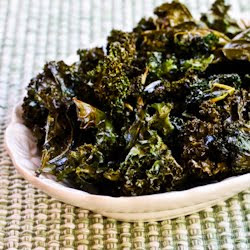
I have been making this dish for years since I discovered the beauty of Sweet Italian Sausage. Sweet Italian sausage is available everywhere and it comes readily seasoned. I looked up wikipedia and found out that the unique flavor of sweet Italian sausage comes from the multitude of fennel seeds used.

As usual, this is such a simple dish that requires only 3 main ingredients. If you minus the pasta, there are essentially only two ingredients. The other one being the tomatoes.
Pasta, sweet italian sausage, and tomatoes. It does not get any easier than this, folks!
Let's dive in.
Ingredients (4-5 servings):
4-5 Sweet Italian Sausage
4 large tomatoes or two boxes of small tomatoes. Roughly chopped into small pieces
Pasta
Seasonings: salt, pepper, butter, and Parmesan Reggiano cheese

Instructions:
1. Remove the sausage skin and combine the sausage meat.
2. Form the sausage meat into smaller patties.


3. Heat some oil in a pan and cook the sausage meat
 I am probably the only one in the world who makes pasta sauce in a wok and you will see why
I am probably the only one in the world who makes pasta sauce in a wok and you will see why
There were a lot of meat to be cooked

4. Add the tomato and cook it with the sausage meat

5. Cover the pot and simmer it in medium heat until the tomatoes break down and juices are all out.

My wok did not come with a cover so I had to improvised

The tomatoes are starting to break down

Almost there. All the juices you see there are pure tomato juice
6. Add a big dollop of butter (nope, won't apologize for this). Season the sauce with salt and pepper.
7. Continue cooking until the sauce thickens to your desired consistency. Not too thick, not to liquidy.
8. Cook some pasta and pour the sauce over the cooked pasta. Add some shaved cheese and freshly ground pepper.

It is hard to screw up this dish because there are so few ingredients and steps. It is also one of those fantastic dishes where you can cook a lot of the sauce in advance and store it for a few days or freeze it for longer storage.
Since the Italian sweet sausage came already well-seasoned, there isn't much seasoning left to do except salt and pepper. The tomatoes with its sweetness, tangy-ness, and freshness are flavorful enough and there is no need to mess with the sauce any further.
I will eat this pasta anytime of the day and anytime of the week. It is so simple to make and did I say DELICIOUS?
For more variations, you can definitely add frozen green peas, mushrooms (yummy), or carrots




















